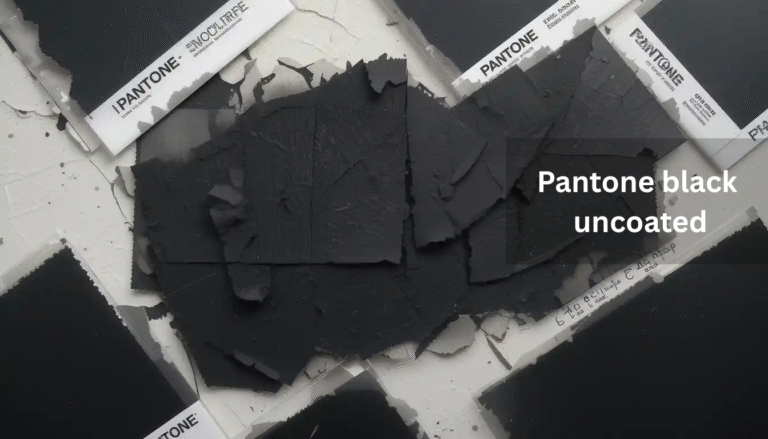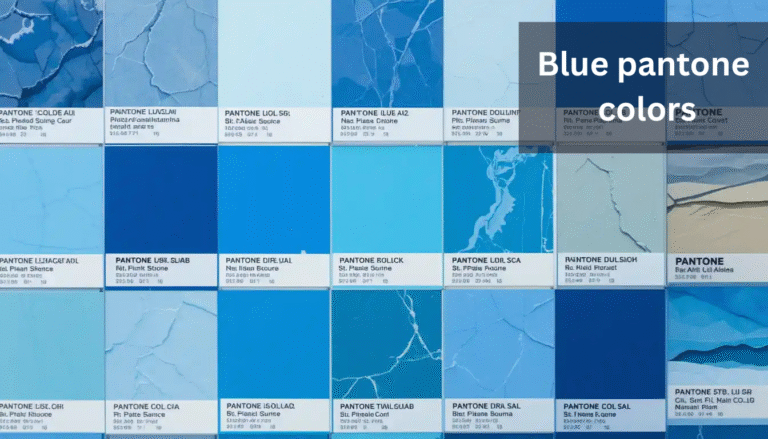In the world of design, few colors exude the luxury and sophistication of Pantone 873 Metallic Gold. This rich, warm hue has become a staple for brands and creatives aiming to make a bold statement. Whether you’re in packaging, branding, or product design, understanding the nuances of Pantone 873 Metallic Gold can elevate your projects to new heights.
What is Pantone 873 Metallic Gold?
Pantone 873 Metallic Gold is a deep, lustrous gold shade that belongs to the Pantone Metallics color palette. It’s known for its warm undertones and metallic finish, making it a popular choice for designs that require a touch of elegance and prestige.

This code is a standardized reference used across various industries to ensure color consistency. This code is essential for designers and manufacturers who need to replicate the exact shade in different mediums, from print to digital.
Applications of Pantone 873 Metallic Gold
It 5is versatile and finds its place in numerous applications:
- Branding and Logos: Adds a premium feel to brand identities.
- Packaging: Enhances the perceived value of products, especially in luxury goods.
- Print Materials: Used in business cards, invitations, and brochures to create a lasting impression.
- Fashion and Textiles: Incorporated into fabrics for a touch of glamour.
Pantone 873 C Gold: A Closer Look
The “C” in Pantone 873 C Gold stands for “Coated,” indicating that this version is intended for coated paper stock, which affects how the color appears when printed. Coated papers have a glossy finish, allowing the metallic particles in the ink to reflect light more effectively, resulting in a more vibrant appearance.

When specifying Pantone 873 C Gold in your designs, it’s crucial to consider the substrate and printing process to achieve the desired effect.
Comparing Pantone Gold and Silver Metallics
While It offers warmth and opulence, silver metallics provide a cooler, modern aesthetic. The silver metallic Pantone code, such as Pantone 877 C, is often used in designs that aim for a sleek, contemporary look.
Understanding the differences between gold and silver metallics allows designers to choose the appropriate hue that aligns with the brand’s message and target audience.
What Pantone Colour is Gold?
The term “gold” encompasses various shades within the Pantone system. Besides, other notable gold shades include:
- Pantone 871 C: A lighter metallic gold.
- Pantone 872 C: A medium metallic gold.
- Pantone 874 C: A darker metallic gold.
Each of these has unique characteristics, and the choice depends on the specific requirements of your project.
Exploring Pantone Misty
While not a metallic, Pantone Misty shades, such as Misty Blue or Misty Rose, offer soft, muted tones that can complement metallic golds. Incorporating Pantone Misty colors alongside it can create a balanced and sophisticated palette, ideal for designs that require both warmth and subtlety.
Pantone 873 Metallic Gold Equivalent
In digital design, replicating metallic effects can be challenging. While there’s no exact digital equivalent for this, designers often use color codes that approximate its appearance. For instance, a hex code like #8C714C can serve as a close representation, though it lacks the reflective quality of metallic inks.
When working digitally, it’s essential to communicate with printers or manufacturers to ensure the metallic effect is accurately reproduced in the final product.
Tips for Using Pantone 873 Metallic Gold
- Test Before Finalizing: Always conduct print tests to see how Pantone 873 Metallic appears on your chosen material.
- Consider Lighting: Metallic colors can look different under various lighting conditions; evaluate your design in multiple environments.
- Pair Wisely: Combine Pantone 873 Metallic with complementary colors, such as deep blues or rich purples, to enhance its visual impact.
- Mind the Medium: Ensure that the printing process and materials used are compatible with metallic inks to achieve the desired effect.
FAQ
What is Pantone 873 Metallic Gold used for?
It is often used in luxury packaging, branding, and printed materials to create a high-end, elegant look.
Is Pantone 873 Metallic Gold available in digital formats?
While you can approximate it digitally, true metallic effects like Pantone 873 can’t be fully replicated on screen. Printers use special inks to achieve the metallic shine.
What Pantone colour is gold?
Pantone 873 is one of the most popular gold options, but other choices include Pantone 871, 872, and 874, each offering a different gold tone.
What is the difference between Pantone 873 and Pantone 873 C Gold?
It refers to the coated version, which is used on glossy or coated paper to enhance its metallic finish.
Can I pair Pantone 873 Metallic Gold with Pantone Misty shades?
Yes, Pantone Misty colors, like soft blues or pinks, work beautifully with metallic gold to create calm and stylish color schemes.
What is the Pantone 873 Metallic Gold code?
The code is simply Pantone 873 or Pantone 873 C, depending on the material used. This helps printers and designers match the color exactly.
Is there a Pantone 873 Metallic Gold equivalent in CMYK or HEX?
There are close approximations, but they won’t have the metallic effect. A HEX like #8C714C might be used digitally, but it won’t shimmer like true Pantone 873.
How is Pantone 873 different from silver metallic Pantone codes?
Pantone 873 offers a warm gold tone, while silver metallic codes like Pantone 877 are cooler and more neutral. Each gives a different mood to a design.
What is the Pantone gold color code for print?
Pantone 873 C is commonly used for print on coated paper when you want a rich, metallic gold look.
Do metallic Pantone colors cost more to print?
Yes, metallic inks often cost more than standard inks because they contain metallic particles and may require special handling or printing processes.
Conclusion
Pantone 873 Metallic Gold is more than just a color; it’s a statement of elegance and sophistication. Its versatility makes it a favorite among designers aiming to add a touch of luxury to their projects. By understanding its applications, equivalents, and best practices, you can harness the full potential of this timeless hue.
You May Also Like :






